Technology architecture and business models are shifting and we’re not going back to the “way it used to be.”
Providing a great experience across the headless use of our platform + products (containers, orchestration, multi-cloud, APIs, CLI, etc.) is no longer a “nice to have”; it’s a MUST!
But why? Because what every enterprise wants is more experiments, more innovation, a greater scale when you find something valuable, more reliability and increased productivity.
Enterprise applications: Some concrete examples
Some news out of the recent earnings season reveals more about the direction of where things are going given recent successes. MSFT Q2 2020 earnings show 59% cloud growth with a gross margin near 60%–incredible growth!
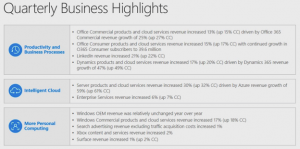
On its own, Amazon Web Services is now larger than Oracle:
Amazon’s market-leading cloud business crossed $10 billion in revenue for the first time in the first quarter. At $10.22 billion, Amazon Web Services revenue grew 33% on an annualized basis, the company said in a statement in April.
I couldn’t find any other businesses that are seeing this kind of growth at this scale. In fact, Cloud businesses are growing faster than traditional software businesses… which is growing faster than GDP. Yes, it is cliché to say that “Cloud” is growing. But does the growth offer us warnings and guidance on what Axway should do about it? Let’s look at some more detailed data.
The Cloud Native Computing Foundation (CNCF) published a new report on “The State of Cloud-Native Development: A new survey report!” In the summary they highlight:
- 7 million cloud-native developers exist around the globe.
- These developers are focused more on Europe and North America than any other region.
- Kubernetes users are more likely to influence buying decisions.
- 68% of cloud-native developers are using AWS as a cloud hosting provider.
4.7M cloud-native developers are interesting as that represents 20% of the total developer community worldwide. These 4.7M developers (which is the fastest-growing set of developers – and they all teach these new tools at University) are working on the most transformational set of technologies like Kubernetes, Serverless, APIs, multi-cloud, etc. They are the very heart of the “bottoms up” developer experience that folks in the open source and open core communities are going after.
Some will ask, “But, these are developers who don’t make spending decisions… So who cares?” Well, in the CNCF report, they found that Kubernetes (K8S) developers have a seat at the decision-making table. 71% of Kubernetes developers are involved in making recommendations or influencing decision-makers.
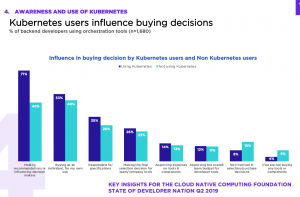
Yeah, but aren’t container and Kubernetes for non-prod (test/dev/poc) efforts? Well, sorry but containers are now used in 84% of production workloads.
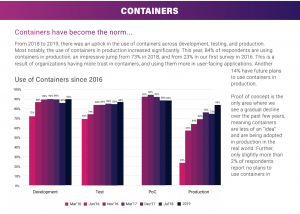
And containers are being used at a massive scale… which is why K8S has become the de facto standard.
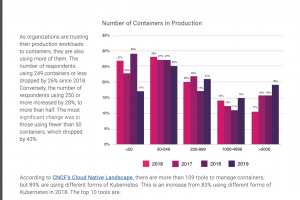
We see the same for service mesh.

And the business value? What every enterprise wants: more experiments, more innovation, a greater scale when you find something valuable, more reliability and increased productivity.
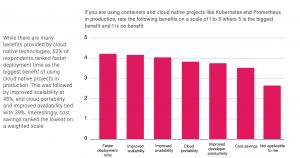
That business value is being seen in the adoption of the “non-developer” community. What some call the “ad hoc” or “citizen” dev/integrator. You see here that the use of much of this underlying technology is being leveraged by the non-dev folks.
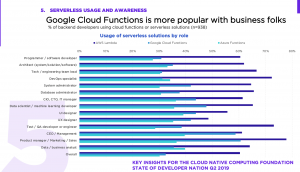
What does all of this mean?
I believe all the above is a bit of a “crystal ball” into how the fault lines of businesses, their technology architecture, and business models are truly changing. It’s clear to me that if you want the business value of more experiments, more innovation, greater scale when you find something valuable, more reliability, and increased productivity… You have ZERO choices, but to think of yourself as a platform company. One that can be infinitely scalable when you find a product-market fit through countless iterations and tests. To do so requires the adoption of all the above.
Read more about the drive towards hybrid integration platforms.

Follow us on social